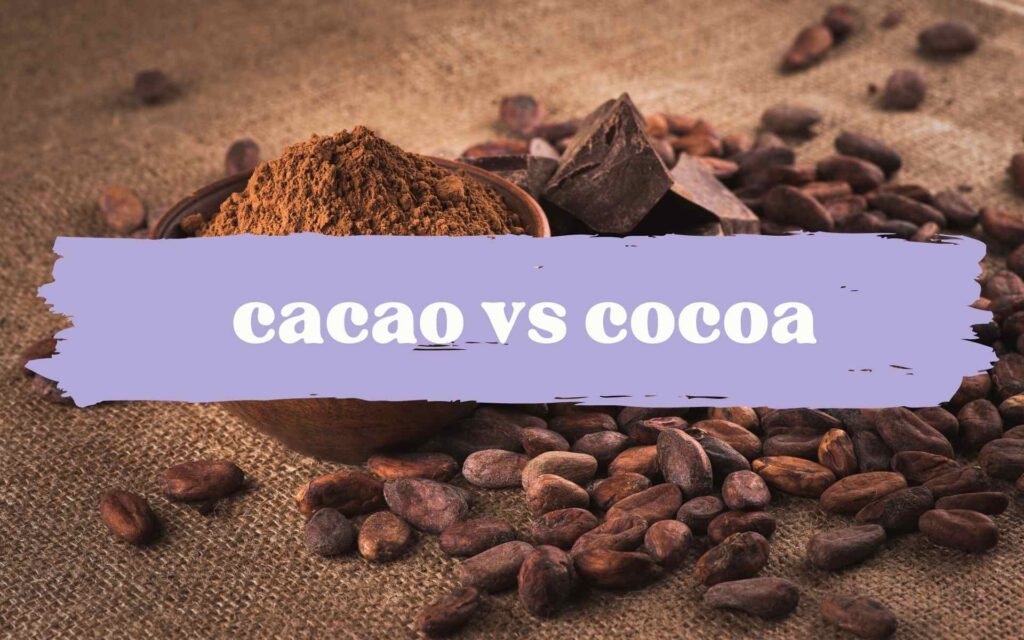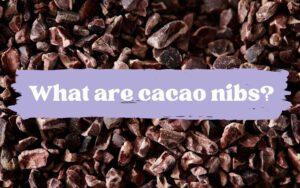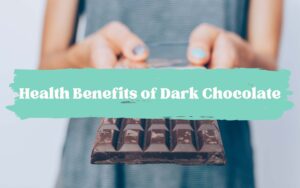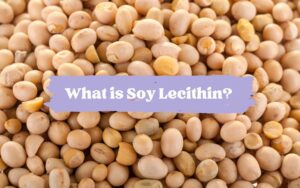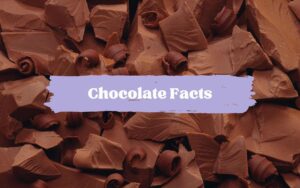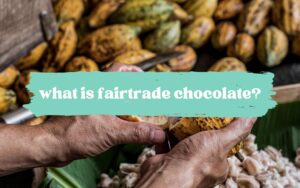Do you know the difference between cacao and cocoa? If not, don’t worry – you’re not alone! Many people are confused about the two, but they are actually not very different. In this blog post, we will explain the difference between cacao and cocoa, and tell you what you need to know about each.
Terminology: origins of cocoa vs cacao
The word ‘cacao’ originates from the indigenous Nahuatl word ‘kakawatl’. Although Nahuatl was the language of the Aztecs (1300 AD), evidence suggests that the word dates as far back as the Olmec people, the earliest known major civilisation in Mesoamerica (1500 BCE). When the Spanish eventually arrived in the Americas they translated the word ‘‘kakawatl’ to ‘cacao’.
So where does ‘cocoa’ come from?
Well, it’s widely believed that the term ‘cocoa’ originates from a spelling mistake when the English translated it from Spanish. This is why in Hispanic languages cacao is the only word that’s ever used, whilst in English cocoa is more common. It’s a mistake that was never corrected, perhaps because the English thought it was easier to pronounce.
Is there any other difference between cacao vs cocoa?
Well, yes.
Despite having just learnt that cocoa is the English adaptation of the Spanish word cacao, there are subtle differences in the meaning of the two terms that have developed over time. Let’s take a look at how chocolate is made in order to understand this difference.
The botanical name for the chocolate tree is Theobroma cacao, also known as the cacao tree. This tree produces cacao pods which are harvested and cut open to reveal cacao beans.
In order to make these beans fit for consumption, they are fermented and dried. Now, as you may have noticed up until this point we have only used the term “cacao”.
The dried beans are then roasted in an oven to produce cocoa beans and cocoa nibs. These roasted cocoa nibs are eventually used by chocolate makers to make bars, bonbons, and other delicious chocolate products.
Therefore, once the dried cacao beans have been processed in one form or another they take on the term ‘cocoa’.
TL;DR: Cacao refers to the pod and beans derived from the chocolate tree, Theobroma cacao. The term cocoa is used once the beans have been roasted and turned into nibs and powder, which are then used chocolate bars, powder, and other cocoa-based products.
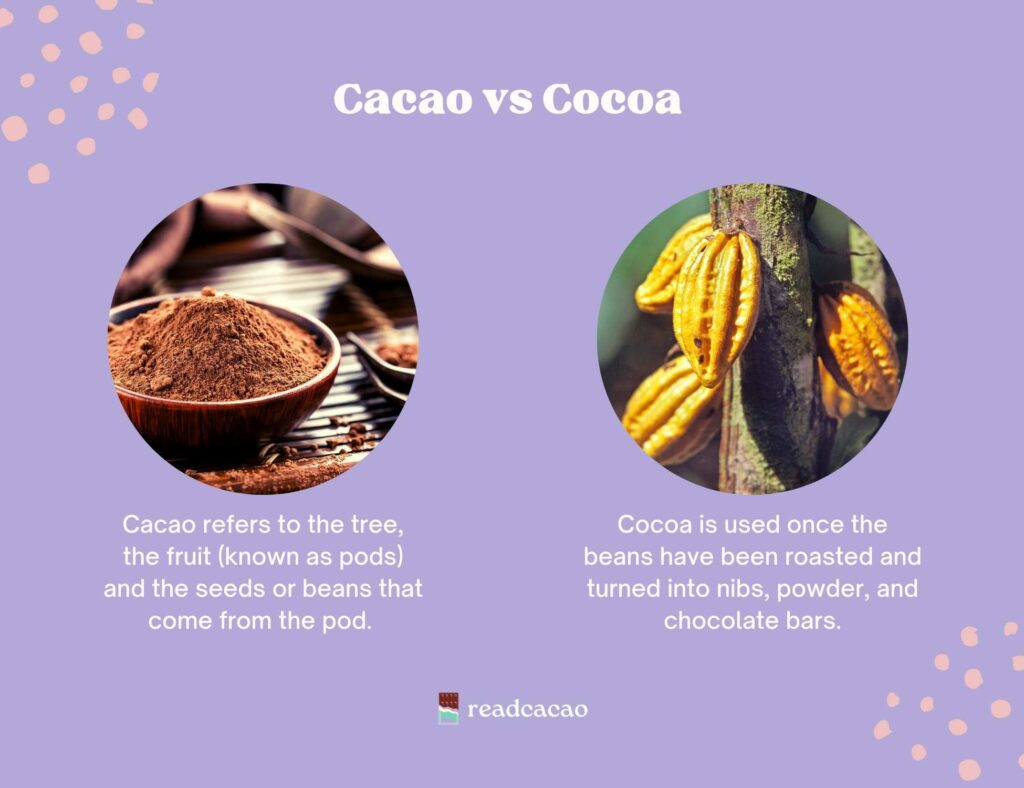
Misinformation on cacao vs cocoa
Unfortunately, a simple search on Google of cacao vs cocoa will reveal various articles packed with misleading and false information. They usually explain the apparent health differences between cacao and cocoa. These articles often attempt to glorify cacao as a natural and raw food, whilst demonising cocoa as an overly processed product.
The reality is that unless you’re eating the cacao pulp straight from the pod, you aren’t actually consuming raw cacao. For a food to be considered ‘raw’ it can’t be heated above 48°C and it’s also not meant to be processed in any shape or form.
However, in order to turn the newly harvested cacao bean into a consumable product, like powder, nibs or chocolate bars, the temperature needs to exceed 48°C. The beans also need to be processed (fermented, dried and crushed). Even though this is a natural way of processing food, it’s still processed. This doesn’t mean that it isn’t healthy!

